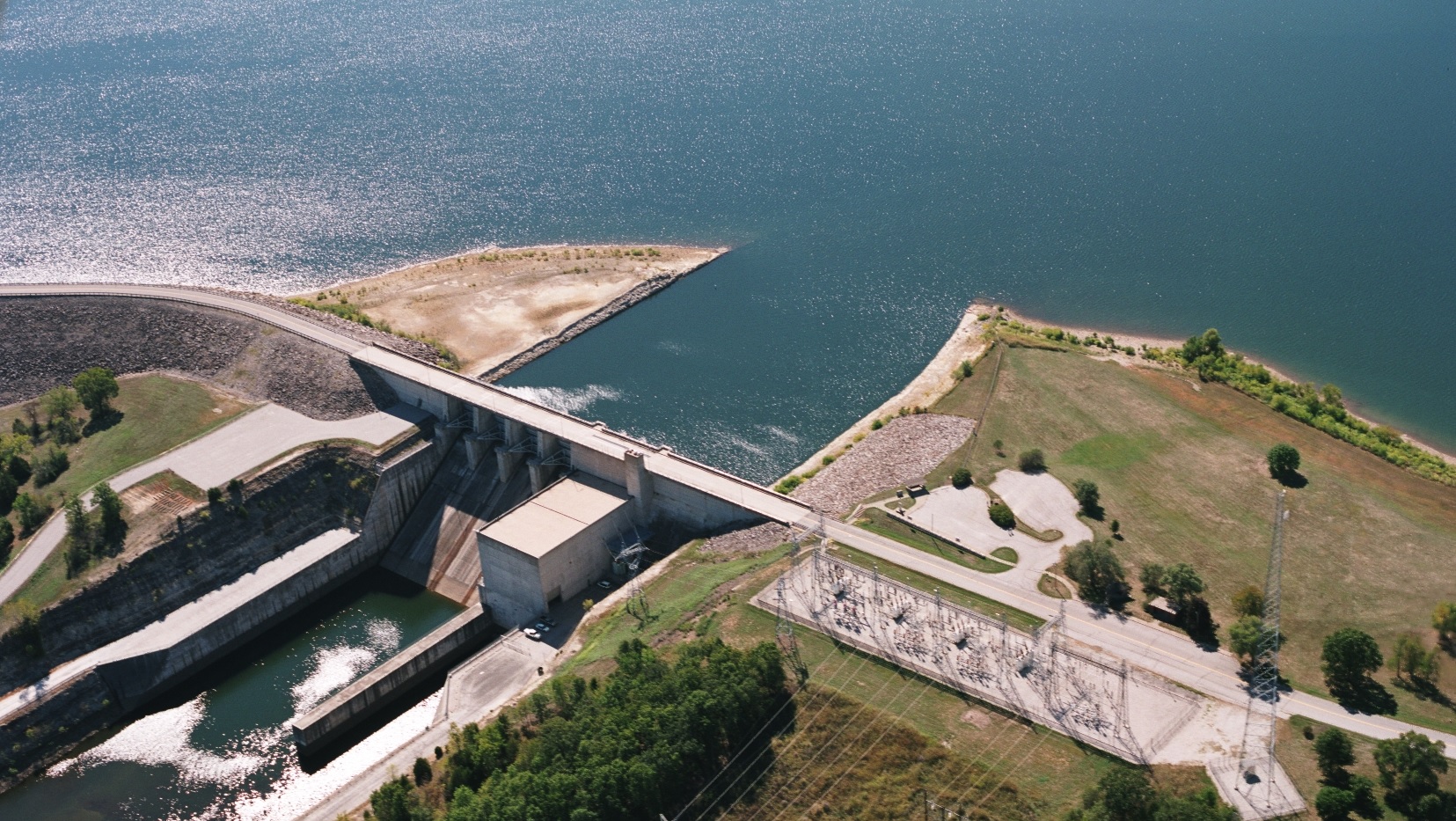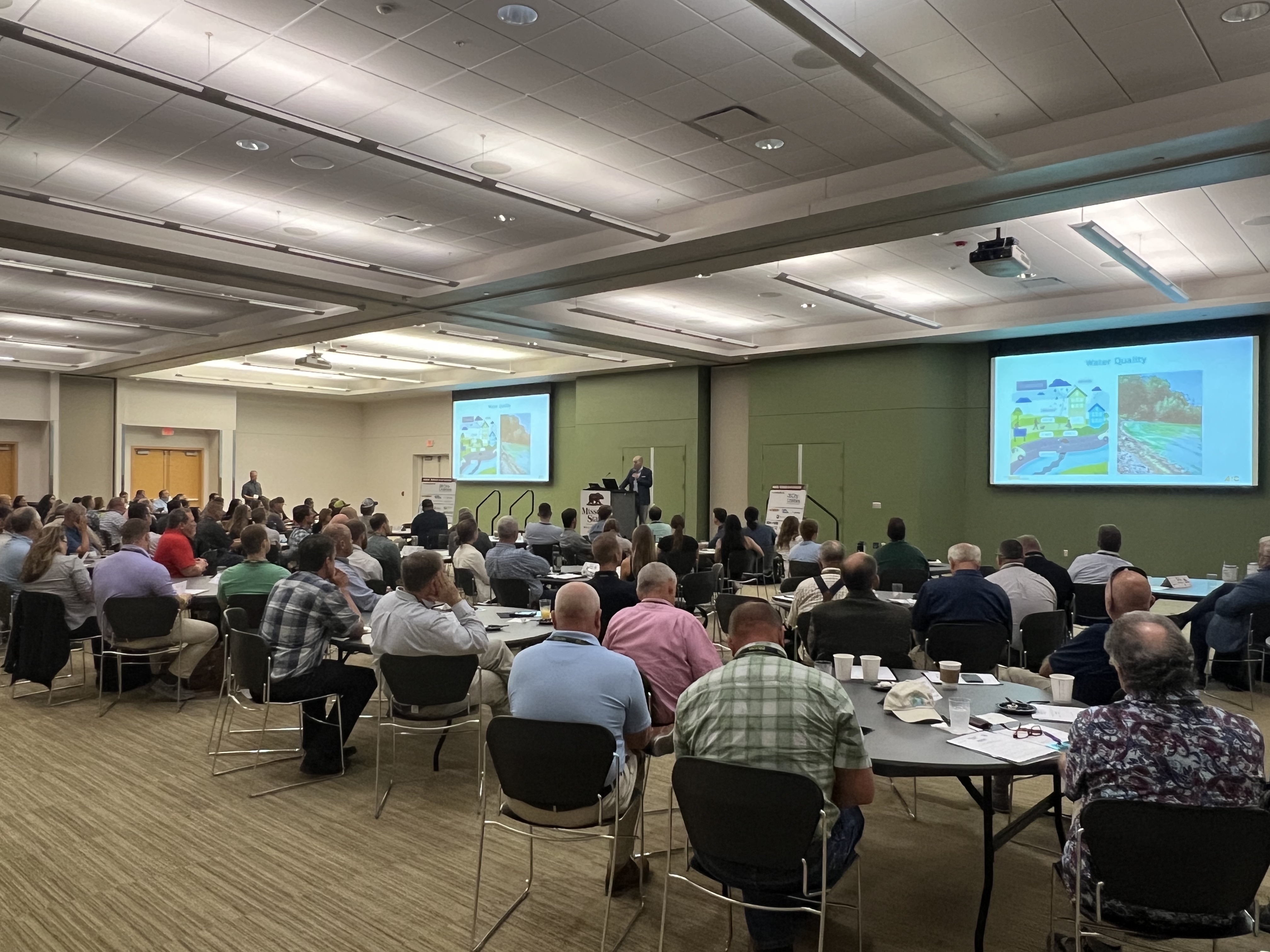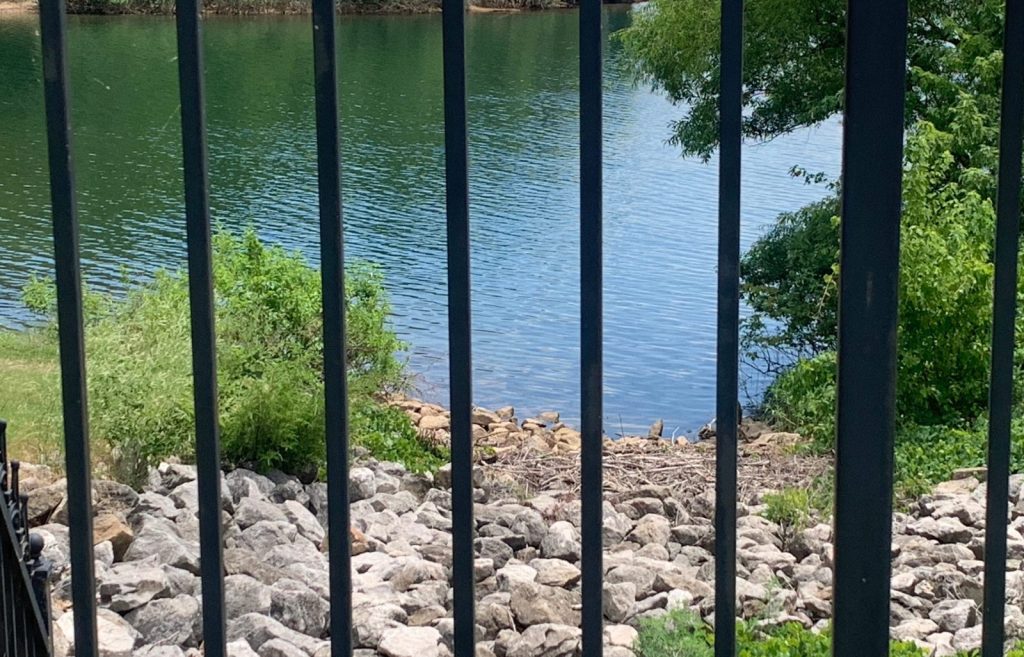Just as a plant or a tree needs water to grow, so does a city like Springfield.
To sustain growth and manage threats posed by a changing climate, planning for future water needs requires cooperation. Leaders in southwest Missouri are taking a regional approach that emphasizes conservation, accountability and resiliency.
Experts from around the United States shared the challenges and successes facing their regions and organizations at the 15th annual Southwest Missouri Water Conference put on by SWMO Water and Missouri State University on Sept. 26 at the Darr Agricultural Center in Springfield.
SWMO Water encompasses the Tri-State Water Resource Coalition and the Southwest Missouri Joint Municipal Water Utility Commission, and its members include city governments, water providers and other utility organizations — including Springfield City Utilities — around southwest Missouri that serve 850,000-plus people.

Following last year’s focus on drought — which SWMO Water Executive Director Roddy Rogers said is in southwest Missouri’s future after decades in which it experienced more wet years than dry — the theme of this year’s conference was “trends,” in a nod to the prominence of social media.
“We can’t just take our position in line and follow the trends,” Rogers said. “Leadership is action, not a position. We’ve got to set the trends, and not because we want to be important, but because water is important to us.”
‘It’s about priority:' An investment today is an investment in the future
Between 2015 and 2018, Cape Town, South Africa experienced a severe drought that, along with outdated water infrastructure and “kicking the can down the road,” resulted in a massive decrease in the city’s water supply and significant water usage restrictions.
While the crisis is now behind Cape Town thanks to an organized response and the end of the historic drought, Rogers said the city will experience “the negative impacts of that for decades,” and that Cape Town is paying a higher cost to upgrade infrastructure than it would have if its leaders had planned for the future.
“We’ve got to update our water thinking and we’ve got a lot of knowledge, but we've got to be smart and ask the right questions to get good answers,” Rogers said. “And one of those I've answered — How much is it going to cost? It’s going to cost a lot, but it's gonna cost a lot more not to.”
Rogers said a return on investment in water comes in the form of a strong economy, but that taking care of our water supply and the environment is necessary to “create” the future.
He emphasized the need for strong leadership and for all of the stakeholders in the world of water to collaborate and be a “gentle parent” in order to meet the same goal of providing sufficient, clean water to all of southwest Missouri’s water consumers.
“We in this room have to set the trends,” Rogers said. “We have to be leaders and we have to set the right trends. I think one way to set the right trends is not to succumb to the bad trends. One of those is human nature — kicking the can down the road.”
In order to avoid poor planning, Rogers said that, ultimately, “it's about priority” — ensuring that water has a seat at the table.

Water wars and hydropolitics: conflict breeds collaboration
Conflict and controversy over water come in different forms at different levels, and resolving a water conflict is a long game. Playing that game is Lane Crider, CEO of the Beaver Water District in northwest Arkansas. The Beaver Water District provides drinking water to a region that has seen explosive population growth since the creation of the Beaver Lake reservoir in the 1960s.
While the construction of Beaver Lake by the U.S. Army Corps of Engineers received pushback at the time and, Crider said, was a somewhat selfish investment by “visionary” business leaders, it has paid dividends to the region.
Crider emphasized the need for continued regionalization — something cities and counties in northwest Arkansas are already known for — and even perhaps further consolidation of water providers to sustain the region’s “wealth” of water.
How it worked in central Arkansas
Consolidation came as a result of a conflict with northwest Arkansas’ neighbors to the southeast. A budding water war between utility providers in North Little Rock and Little Rock prompted a merger that led to the creation of Central Arkansas Water, now led by CEO Tad Bohannon.
Bohannon credited the business community with staving off further conflict and encouraging the consolidation of the two water providers in 2001. He said the move not only benefited the two cities, but the region as a whole — evident through Central Arkansas Water’s work to fix the failing wastewater system in Perla, Arkansas, even though Perla is about 40 miles southwest of Little Rock.
“When you talk about regionalism with anybody — I apologize for all the elected officials in the room — but all people care about is they turn the tap water and they flush the toilet and it works, and it's at a reasonable rate and they get service in a reasonable time,” Bohannon said. “They're not getting boil water notices all the time because of lack of the stuff. They get what they need, and they don't really care if it comes from X or Y, they just want it to be there.”
Bohannon said politicians often look at water as a tool to control, manage and attract growth, but a utility’s job as a water provider is to protect public health.

The water down in Georgia
Regional collaboration is just one piece of the water puzzle, especially for the Atlanta metropolitan area. The Georgia capital relies heavily on rain to sustain its “very, very small water supply,” according to Danny Johnson, the director of the Metropolitan North Georgia Water Planning District.
Atlanta — which, like northwest Arkansas, has seen rapid growth in recent decades — gets 98 percent of its water from surface water sources, primarily the Chattahoochee River, along with man-made reservoirs Allatoona Lake and Lake Lanier. Droughts in Georgia have been more frequent in recent years, even as it experiences cycles of flooding.
“We've been doing a lot of recent planning around climate change and the resiliency to these extreme weather events we've been seeing with floods and droughts so much more frequently in our area,” Johnson said. “It's really captured our leadership's attention and so we've been preparing resiliency plans, climate adaptation plans because we recognize that our resources are fragile. When you have a very small water supply source, you have to be very conscious of every threat.”
Regionalism and collaboration in not just metro Atlanta — which sits “at the top of the hill” of Georgia’s six major river basins — but as far south as Florida are necessary to ensure a balanced water supply for all stakeholders. Johnson outlined other long-term plans and policies they’re using to build resilience in the ATL.
Despite a continued population increase and high water usage by certain growing industries in the Atlanta metro area, Johnson said that per capita water consumption has remained relatively level since 2000. He said that’s thanks, in part, to advanced technology, public education and enforceable ordinances. It is through these new technologies — such as more efficient faucets and shower heads and valve sensors in irrigation systems — that drought restrictions and plumbing codes can be more easily enforced and ultimately save water.
Amid the regional approach and innovative ways that make retaining a sufficient water supply possible, Johnson said that conservation is “the cheapest form of supply.”
Planning for the future in the Colorado River Basin and southwest Missouri
Even as different regions experience water challenges, severe drought conditions in the Southwest and around the Colorado River Basin have been all too common in recent years.

While the unusually heavy precipitation for some parts of the region in 2023 have provided some relief — and posed challenges of its own — the seven states and two countries that rely on the Colorado River still have significant obstacles to overcome.
“I'm not holding my breath because I'm waiting for the bottom to fall out next year and the year after that,” Karen Kwon, the assistant program director for the Colorado River Sustainability Campaign said.
Stakeholders in the Colorado River Basin are gearing up for negotiations in 2026 on a new set of drought guidelines that better fit today’s standards.
“We have done this before, have some experience in it and people have very strong opinions about it. So, whether we can do another round of negotiations in the same way and in the same fashion like I thought we would be able to because we built the relationships, now the politics is in it, people are all whether it be the hydropower, whether it be the ag interest, whether it be urban, whether it be — Colorado is not sending their water to California, you’ve got to be kidding me,” Kwon said, illustrating the conflicting interests of the different stakeholders.
“All of those kinds of different things are playing out,” Kwon said. “So we've got to navigate the politics and the rhetoric and the posturing to get to some real discussions again, and we need to do it quickly.”
Kwon emphasized the need to be adaptive and amplify the voices of all stakeholders in order to identify solutions, foster cooperation and avoid courtroom battles, which can often create more questions than answers. Kwon added that there is a significant need to match up administrative and water monitoring systems across the Colorado River Basin, but that the Colorado River also needs “people on the ground” to implement such ideas.
In planning for future water needs in Springfield and all of southwest Missouri, Jennifer Henggeler of the U.S. Army Corps of Engineers is leading the Stockton Lake Water Supply Reallocation Study. While Stockton already provides some of Springfield’s water supply, the study will lay the groundwork for future storage for Springfield and other communities in southwest Missouri.
The regional approach between the Army Corps of Engineers, the Department of Natural Resources and all of the organizations that make up SWMO Water allows all parties involved to build water resiliency by setting the trends, focusing on the future and picking up the proverbial can, rather than kicking the problems down the road.





